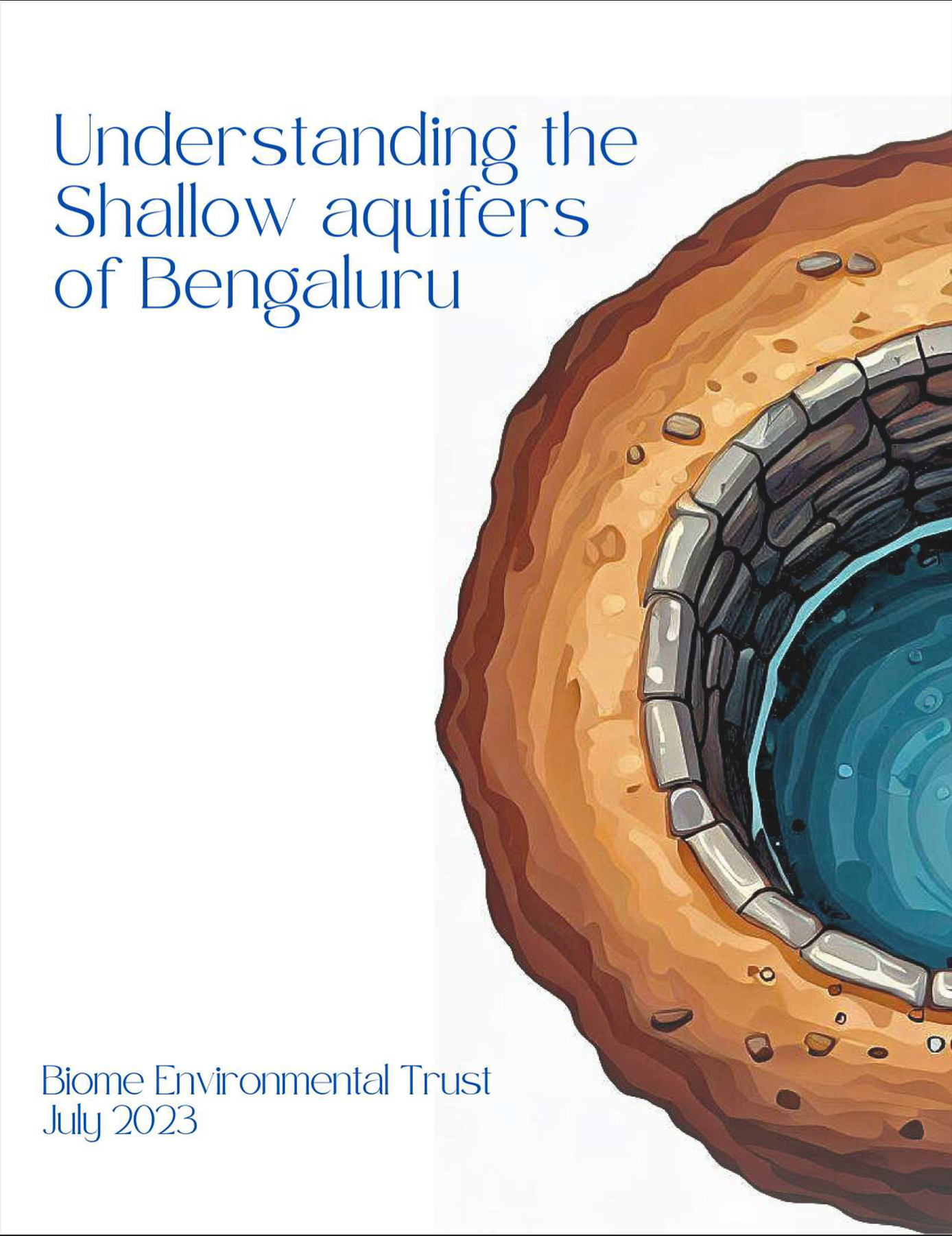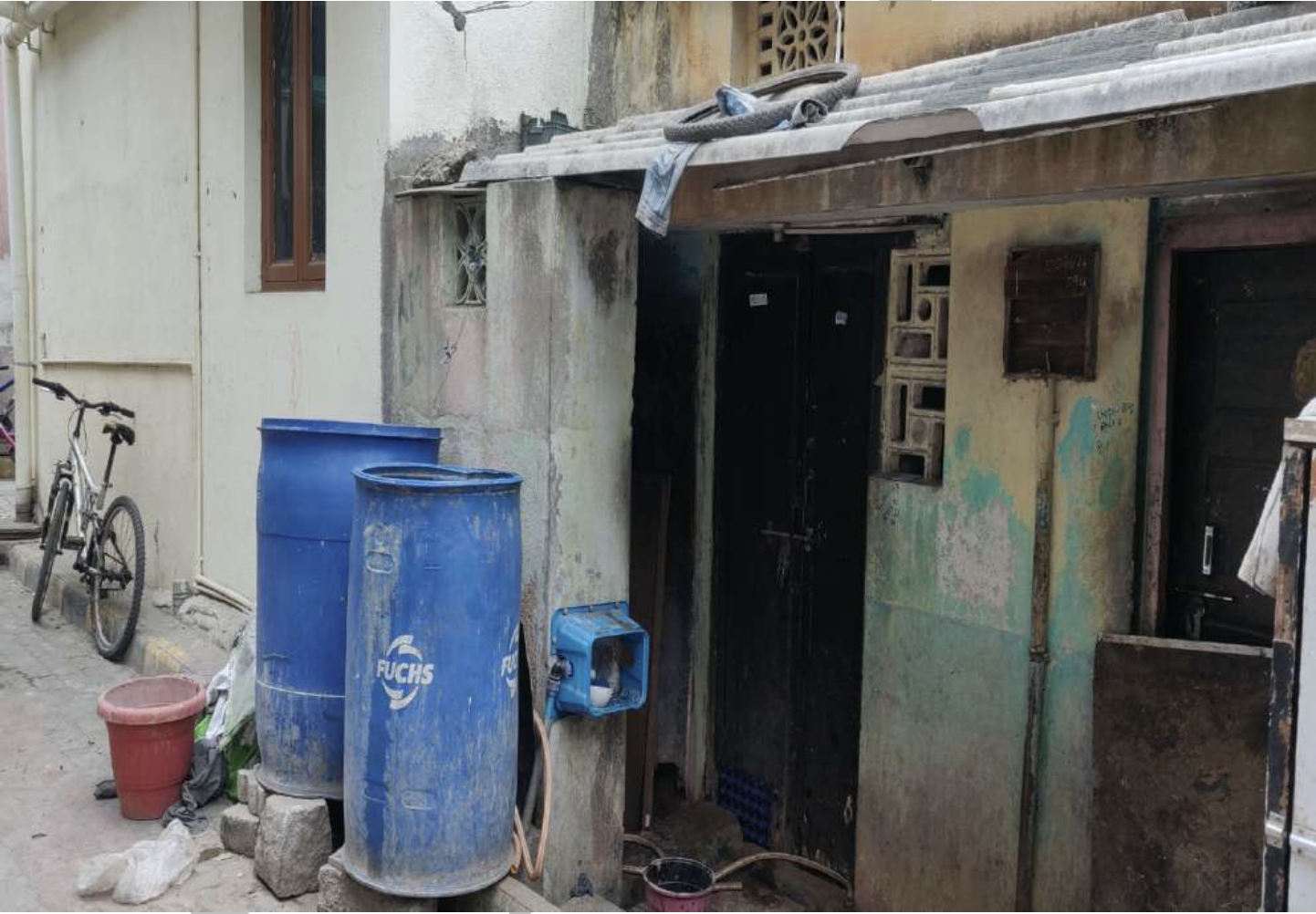Bengaluru Ground Water
Bengaluru’s daily water demand is calculated on the basis of 135 litres per capita per day (lpcd). Going by this and also including industrial and other uses, Bengaluru requires close to 1500 million litres of fresh water every day (mld). The BWSSB supply is in the range of 810 mld which means that citizens often have to find other means of fulfilling their daily water requirement. Over the years, it is groundwater which has been meeting this water deficit either in the form of private borewells or tanker water. It is interesting to note that if one looked at the total rain falling on Bengaluru city and broke it down on a per-day basis, then this is of the order of 3000 million litres per day!
The mushrooming of housing complexes, apartments and business complexes all over the city and especially in peripheral areas like Whitefield and Sarjapura road has meant unprecedented groundwater extraction. A large number of these areas are not connected to the BWSSB supply lines and in trying to meet their demand have resorted to tankers and sinking borewells – in either case the source being groundwater. In the long run, it is the city’s aquifers that are getting depleted and the practice is essentially unsustainable.









